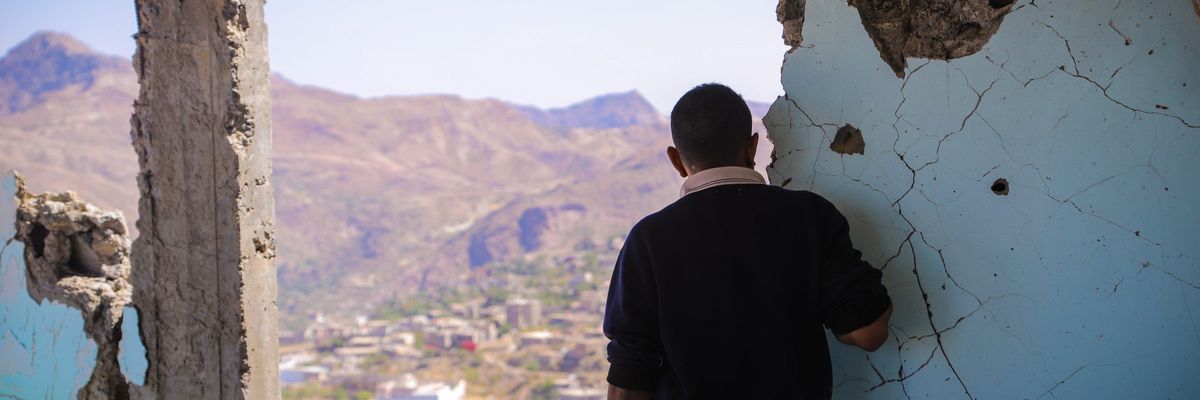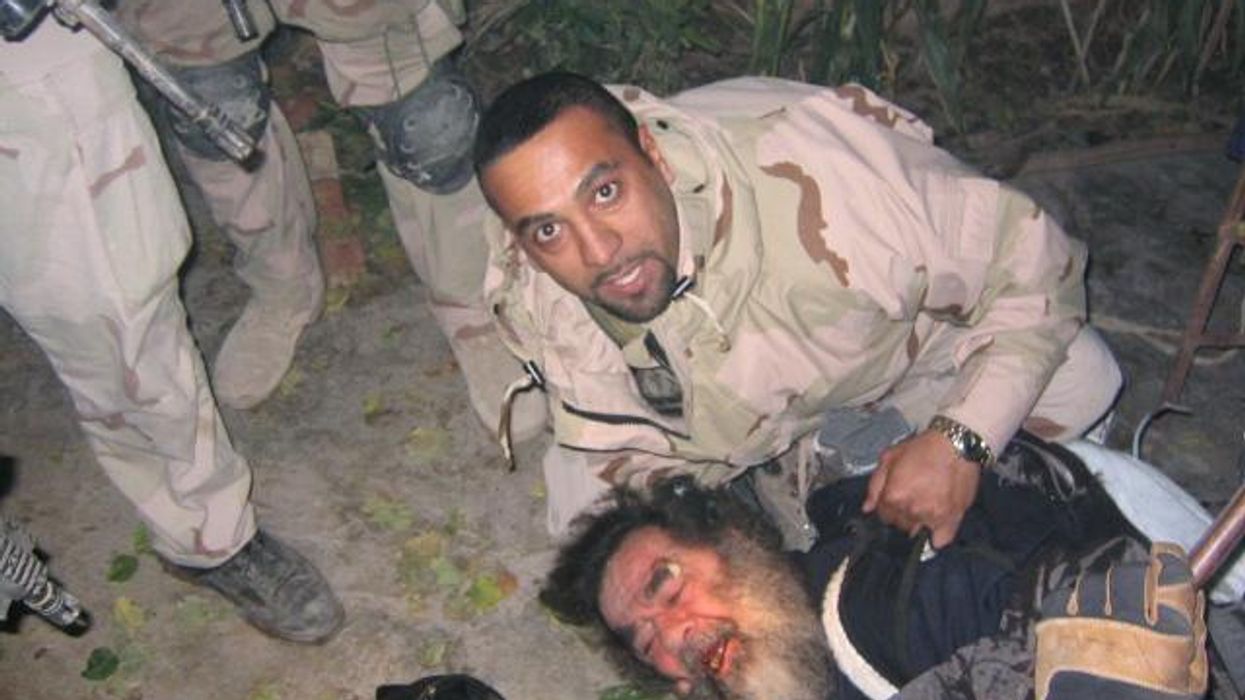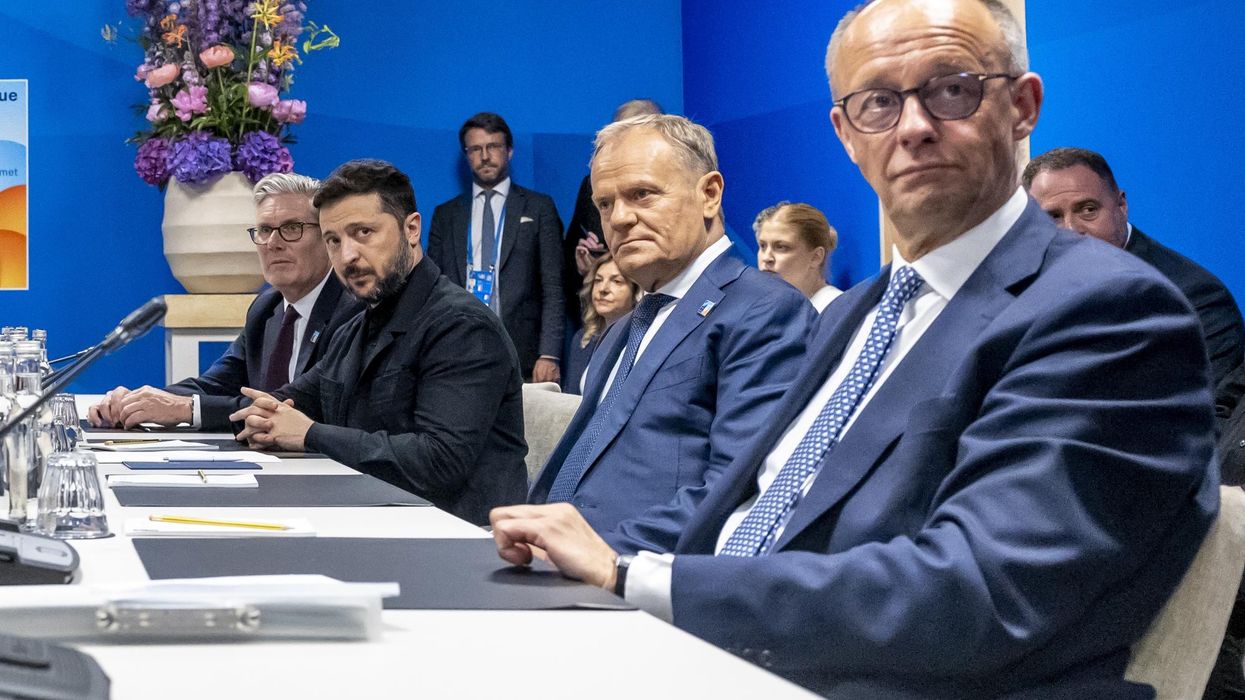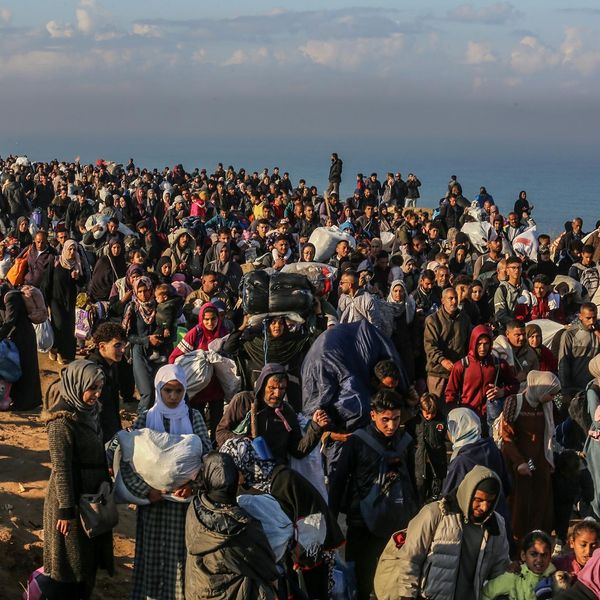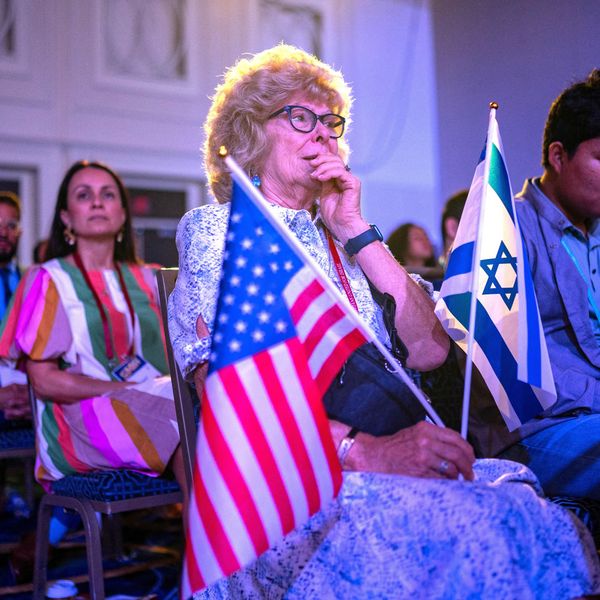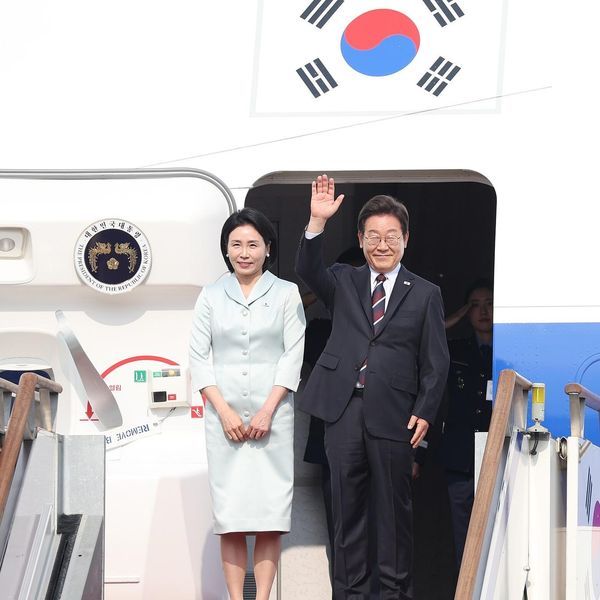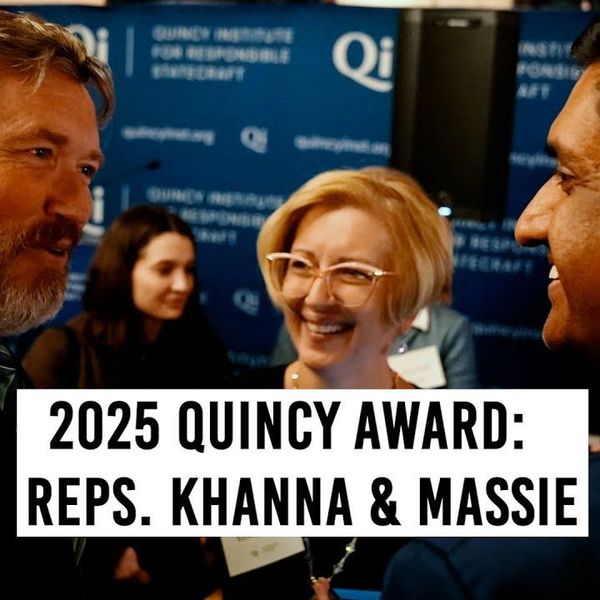How long can a war go on when its most powerful combatant wants to get out?
In Yemen, the answer could be, quite a while, even if Saudi Arabia succeeds in finding a face-saving way to withdraw after five futile years. Yemen is so Balkanized, so fragmented, that its well-armed tribes and factions could well continue the conflict that attracted Saudi intervention in the first place.
On April 8, Saudi Arabia, the leader of a coalition that has been battling an insurgent Yemeni group known as the Houthis, unilaterally announced a two-week ceasefire to go into effect the next day, with an extension possible if negotiations warrant.
The kingdom’s statement, issued in the name of the “Coalition to restore legitimacy in Yemen” by its spokesman, Col. Turki al-Malki, said the purpose of the ceasefire was “to counter the spread of the COVID-19 pandemic” by stimulating new efforts to negotiate a comprehensive settlement. The disease has hit Saudi Arabia so hard that the kingdom has blocked pilgrims from going to Mecca, and it now has also reached neighboring Yemen, which is virtually defenseless against the disease after years of bombing and devastation.
“The Coalition is determined to create a conducive environment” for the efforts of U.N. special envoy Martin Griffiths, al-Malki said, “and to alleviate the suffering of the brotherly people of Yemen and support the efforts towards combatting the spread of COVID-19 pandemic.”
Regional affairs analysts were virtually unanimous in believing that the pandemic has given the Saudis the reason they were seeking to stop fighting, and that the ceasefire was a clear signal that they want to bring their involvement to an end. The kingdom has been fighting a war it cannot win in pursuit of stated — if shifting — objectives that cannot be achieved by military means.
Pressure on Saudi Arabia to get out has been mounting since last summer, when its principal coalition partner, the United Arab Emirates, sharply curtailed its military role.
The UAE remains a nominal partner of Saudi Arabia, but it does not support the same factions inside Yemen. Sudan, which once deployed some 30,000 troops to Yemen to do the ground fighting that the casualty-averse Saudis did not want to do themselves, has withdrawn all but about 600 of them.
“I think a conflict in Yemen has no military solution — whether from us or anywhere in the world,” Sudanese Prime Minister Abdalla Hamdok said in December. “It can only be resolved through political means."
Saudi Arabia’s impetuous defense minister, Crown Prince Muhammad bin Salman, who threw his country’s formidable air force into the war in 2015 in expectation of a quick victory, has evidently reached the same conclusion.
Saudi Arabia is facing economic pressure because of plummeting oil prices, its principal source of revenue, and has found itself increasingly isolated diplomatically. The United Nations, the Arab League, and the kingdom’s partners in the six-nation Gulf Cooperation Council have all been seeking a negotiated settlement.
After the U.N. Security Council endorsed the ceasefire, Special Envoy Griffiths called on the warring parties to “utilize this opportunity and cease immediately all hostilities with the utmost urgency, and make progress towards comprehensive and sustainable peace.”
Griffiths told the Security Council a month ago that Yemen was “at a critical juncture. The parties to the conflict will either move Yemen towards de-escalation and the resumption of the political process, or, I fear, towards greater violence and suffering that will make the path to the negotiating table more arduous.”
His fears were hardly groundless. Reports of fighting in various parts of Yemen continued after the ceasefire went into effect and are still coming in, as is often the case in a protracted conflict in which no participant has actually been defeated and no negotiated peace is in place.
Certainly, the Houthis have not been defeated, In fact, as the veteran Middle East intelligence analyst Bruce Riedel wrote, “the Houthis are winning. Since January, they have made significant advances on the ground, especially in Jawf province along the Saudi border. They are now poised to attack the city of Marib,” which Riedel described as “the last stronghold” of forces loyal to exiled Yemeni president Abd Rabbo Mansour Hadi.
Marib is about 60 miles east of Sanaa, the capital, which the Houthis have controlled since they drove out Hadi’s forces in 2014, one of the events that precipitated Saudi intervention.
The Houthis have demonstrated that they are capable of making life difficult for Saudi Arabia by firing missiles not just into border cities but into Riyadh, the Saudi capital, and Jedda, the kingdom’s main port.
Also not ready to quit the field are separatist rebels, not aligned with the Houthis, who control the key southern port of Aden. The UAE has been training and equipping them since its own military drawdown, even though they have been fighting forces supported by Saudi Arabia.
However eager the Saudis may be to get out of the conflict, they are unlikely to simply walk away and leave Yemen to the warring factions. In their view, that would leave a powerful agent of Iranian ambition — the Houthis — in control of the border area, if not all of Yemen.
Saudi Arabia considers Iran a dangerous and determined rival, and opposition to Iran’s perceived role was one of the major motivators of Saudi entry into the war. The Houthis, whose official name is Ansar Allah, or “Supporters of God,” are Zaidi Muslims, more closely aligned with the official Shiism of Iran than with the rigid Sunni Islam of Saudi Arabia, but they are an indigenous rebel movement within Yemen. They were not deployed or directed by Iran, which has supported them as a low-cost way of challenging Saudi Arabia.
Iran has not committed itself to any overall negotiated settlement in Yemen, and as long as it supports the Houthis they have little incentive to accede to Saudi demands for a restoration of the Hadi government and an end to Iranian influence.
As if to emphasize that point, on the day before the Saudis announced their ceasefire, the Houthis issued their own list of conditions for peace. The document was hardly conciliatory. As one analyst wrote, it “puts the entire burden of ending the war and righting Yemen’s economic ship onto the Saudi-led coalition. It reads not as a negotiated agreement with concessions from both sides, but as a Houthi wish list.” It includes a demand that the coalition end a naval blockade that has impeded the flow of food and medical assistance to a country that was in desperate shape even before the coronavirus arrived.
But in the Saudi view, doing that without a corresponding commitment from the Houthis would allow Iran to ship weapons into Yemen unimpeded.
And so the conflict may well continue, despite the tireless efforts of Griffiths, though perhaps in different form if the Saudis cut back their military commitment.

